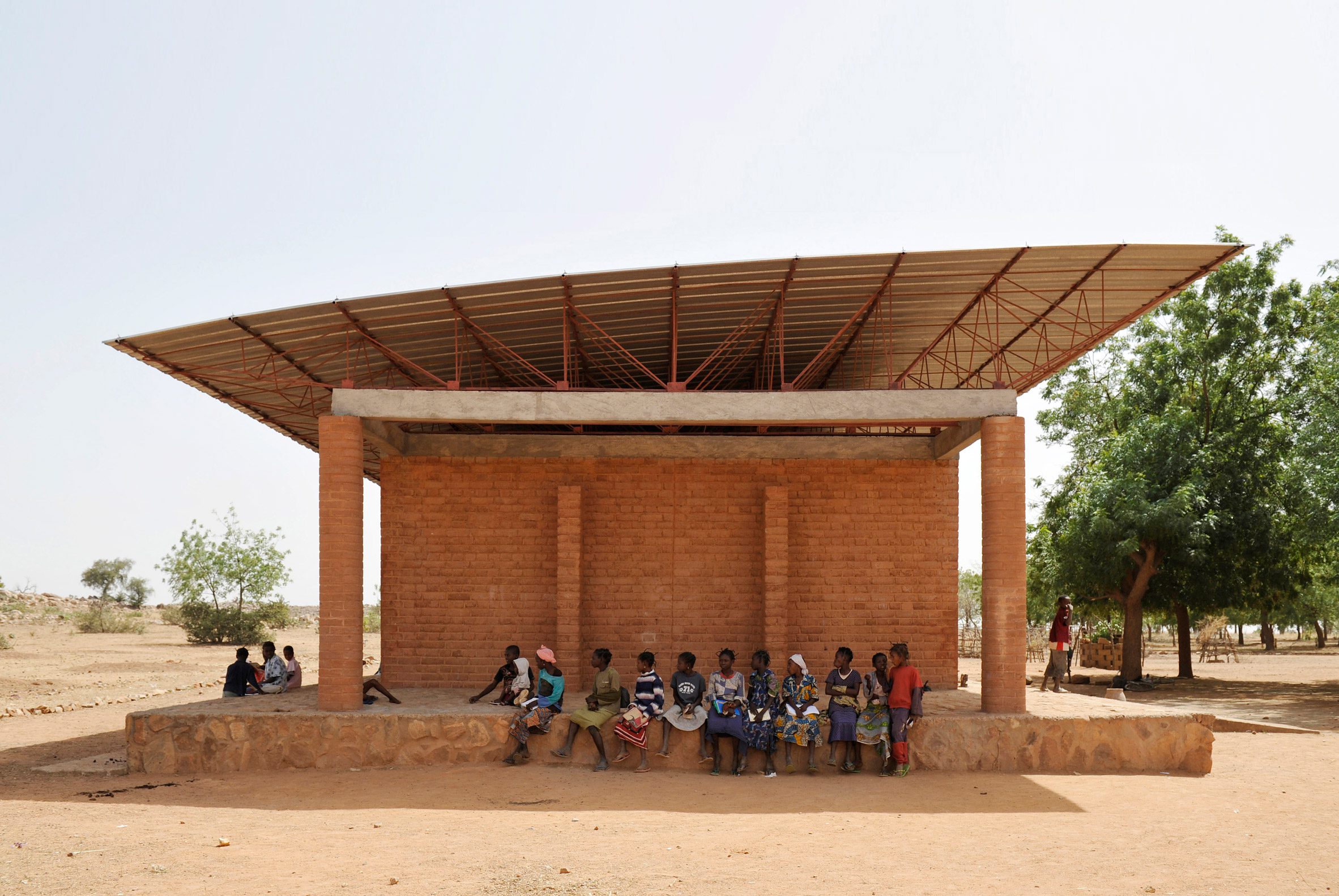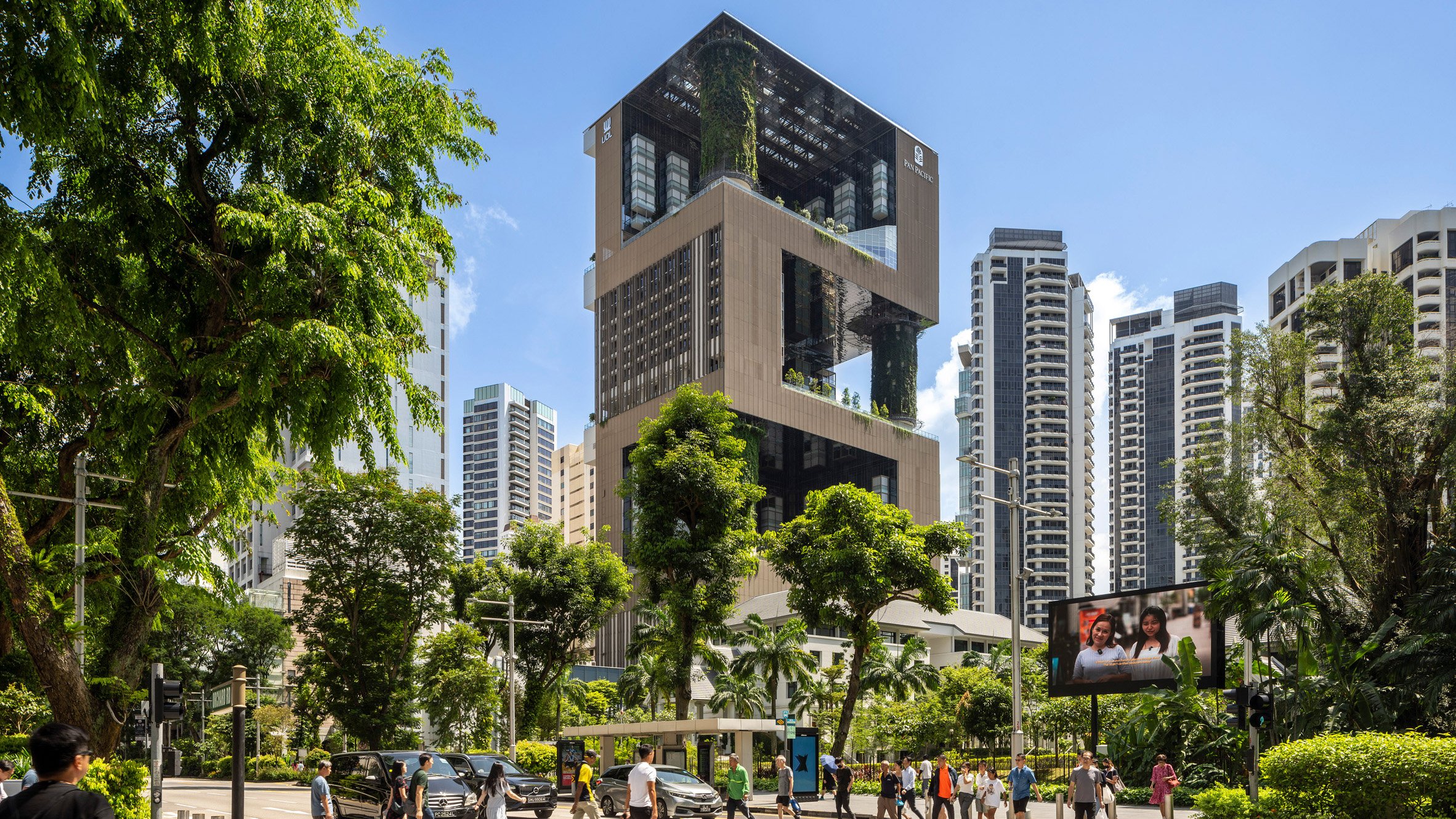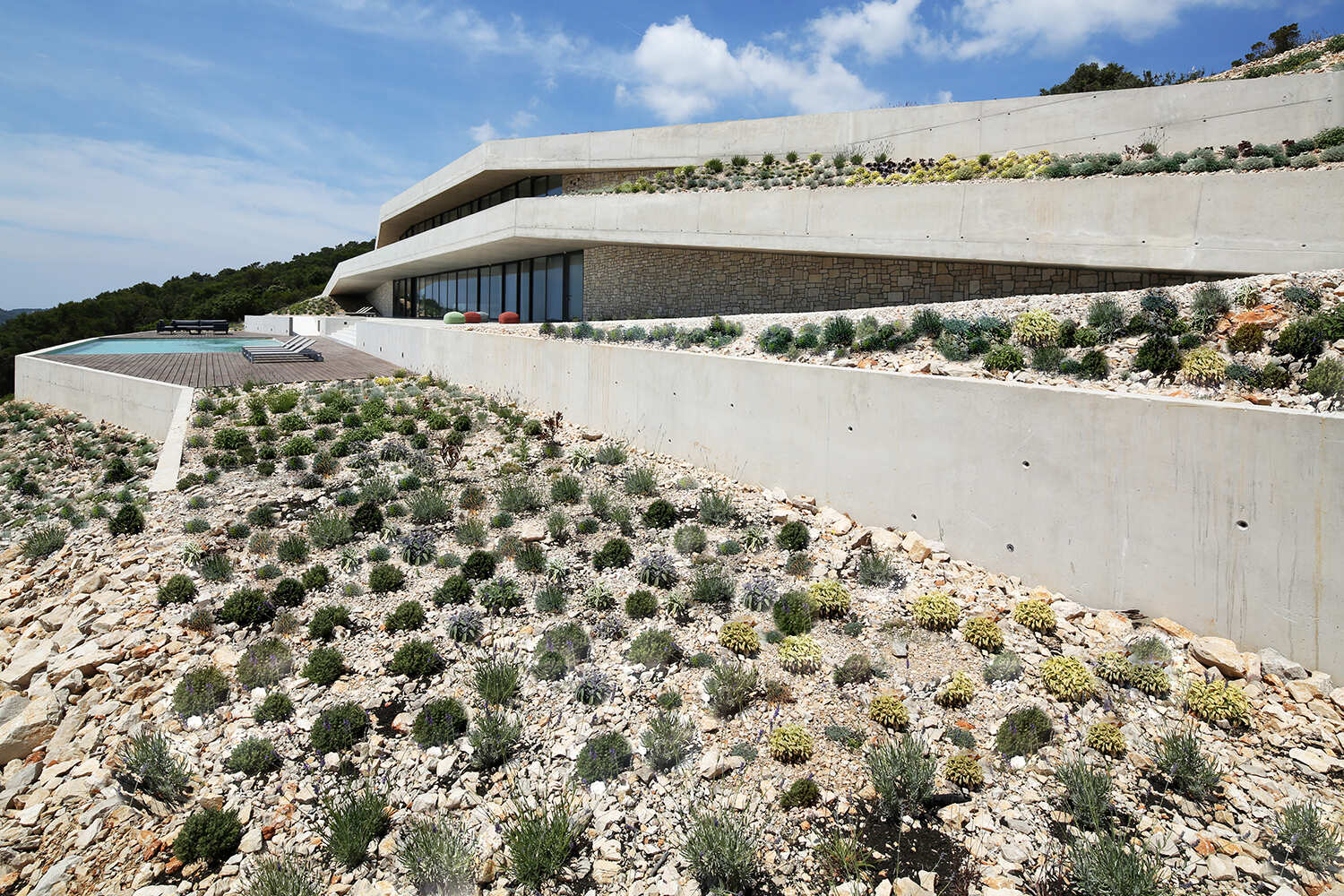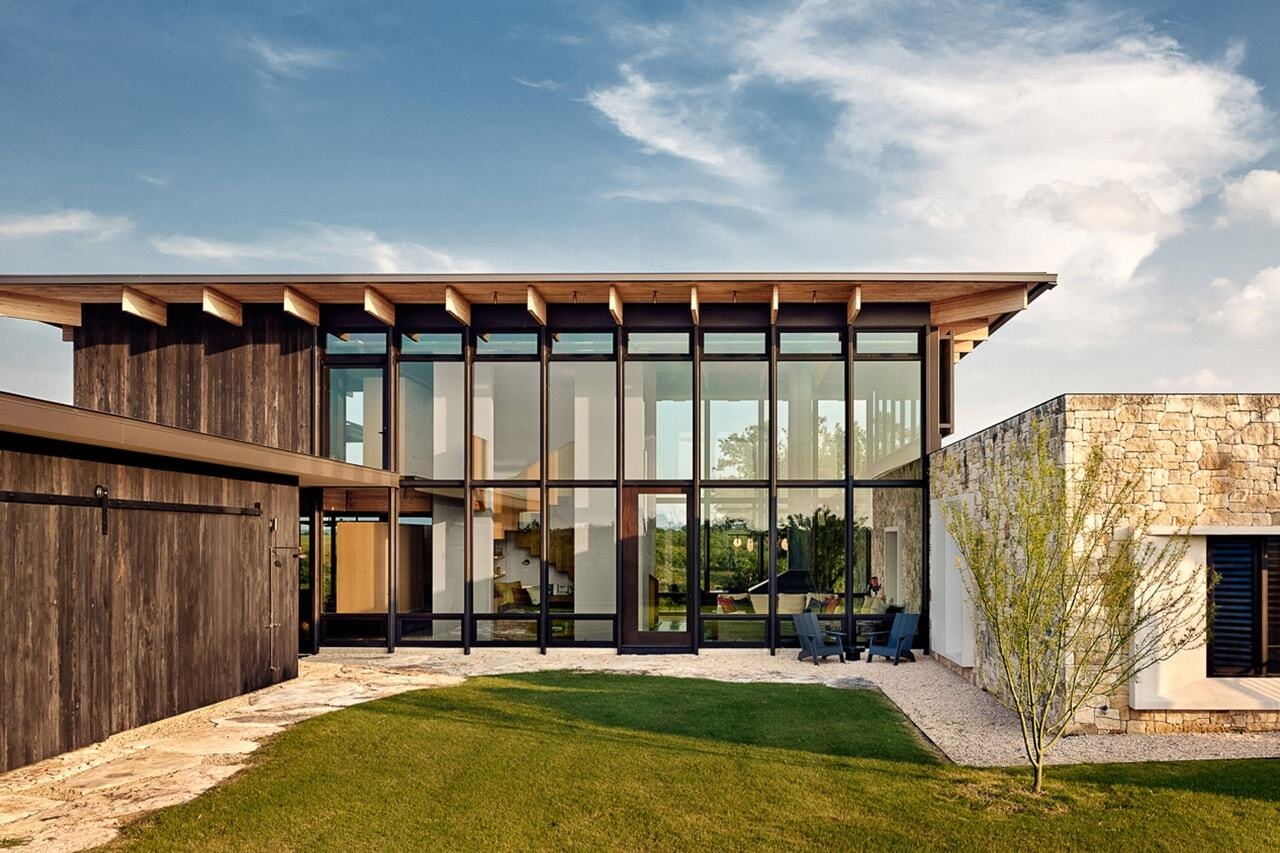Can we quit our air-con addiction?


As the world gets hotter demand for cooling systems is increasing, but energy-hungry air conditioning risks making the situation worse. Starr Charles explores whether more efficient solutions are possible.
With global temperatures rising, the world's air-conditioning (AC) addiction is intensifying.
The International Energy Agency (IEA) estimates that roughly two billion AC units are already in operation around the world, but that by 2050 two-thirds of the world's households are likely to own a unit.
It has warned that this widening usage could see global energy demand for cooling triple in that time.
The global banking system is also predicting a dramatic increase in the use of air conditioning in the coming years.
That leaves the world facing a catch-22 situation, in which people's increasing need to keep cool makes it harder to transition away from the fossil fuels whose use is driving global warming.
AC "making things worse"
Moreover, while AC is a solution for cooling interiors, the exterior units pump out warmth – making cities even hotter.
"Unfortunately it solves one problem while feeding another," Italian architect and Massachusetts Institute of Technology professor Carlo Ratti told Dezeen.
"Each degree pulled from the air consumes power and pushes heat into the street, making public spaces less liveable."
"Air conditioning in response to [warmer temperatures] is just making things worse," added Richard De Dear, a researcher and professor at The University of Sydney whose work focuses on thermal comfort and building performance.
However, says De Dear, increasing air-con dependency does not have to become the major issue feared by some.
"The rise in the use of air-conditioning probably is inevitable, but it needn't be as big a problem as the current trajectory would suggest," he told Dezeen.
When it comes to new buildings, even in hot climates, the right design can reduce the need for AC.
Pritzker Architecture Prize-winning Burkinabè architect Diébédo Francis Kéré is known for buildings that rely on passive methods, such as building orientation, natural ventilation and shading, to maintain comfortable indoor temperatures.
"We must rethink the way we build so that cooling is not the default but the last resort," he told Dezeen. "We need to find alternative solutions instead of building a glass box that requires mechanical cooling to stay comfortable."
In hot and dry climates like Burkina Faso, the use of passive strategies is nothing new and remains a key solution for maintaining comfortable indoor temperatures, says World Green Building Council technical lead for sustainable buildings Carolina Montano.
"From my experience, air conditioning can be avoided in most locations," she said. "And good building design can definitely avoid, to an extent, the use of air conditioning."
Nevertheless, there are more extreme climates in which passive ventilation strategies are less effective, and for these places AC will remain "the easiest and fastest" solution as global temperatures continue to reach record levels, admits Montano.

For buildings that have already been constructed, avoiding AC may be trickier.
This is particularly true in Europe, where AC usage is currently relatively low and buildings are not designed to withstand extreme heat.
But the continent is the fastest-warming region globally and summer heatwaves are already posing very real and urgent public health concerns.
"Research shows that above 23 degrees Celsius, sleep falters, concentration slips, tempers shorten," Ratti said. "In long heatwaves, the stakes rise: without cooling, lives are lost – as Europe has been increasingly experiencing over the past decade."
"The need for air conditioning is now very serious in Europe," said Mun Summ, founding director of Singapore architecture studio WOHA. "They really have to consider putting air conditioning in."
Even Kéré, who works predominantly from his studio's office in Berlin, concedes that buildings in Europe may need to turn to AC.
"Global warming is real, and with it the demand for air-conditioning is rising," he said. "Even in places like Germany, where I have my office."
We should be using AC "a bit more wisely"
There are, however, ways of limiting the energy demand from additional cooling wherever in the world it is needed.
For example, De Dear suggests a mixed-mode ventilation system, which utilises both mechanical and passive strategies – requiring less energy to run than typical AC.
Similar mixed-mode systems have already been integrated into recent projects by WOHA.
"What we are now looking at is rethinking air-conditioning, even in the tropics," Mun Summ said. "We have done so in a couple of our developments where we use a hybrid tempered system."
"It's not so much air conditioning as we know today – it's still chill air, but with elevated wind speed with 100 per cent fresh air, and it uses only about 40 to 50 per cent of the energy of air conditioning," he explained.
De Dear believes that changes in human behaviours will also be required.

"To run the air conditioning constantly all year round at a constant indoor temperature is just wasteful," he said. "I'm not going to advocate abandoning air conditioning, but I think using it a bit more wisely is probably the way forward."
"What that does, it just puts a bit more of a responsibility back on the occupants of buildings to dress appropriately," he added. "That's a pretty low-cost strategy and it works."
De Dear challenges the idea of a standard optimum indoor temperature wherever you are in the world – typically set at 22 degrees Celsius.
"People living in warm to hot climates are much more adaptable to heat than people living in cooler climates," he said.
"We're a very adaptable species, and we adapt to the environments that we're exposed to," he continued.
"So this assumption that there's an optimum temperature of 22 degrees Celsius for the whole planet is really quite dangerous because of the energy and environmental implications."
"The building sector is very conservative"
The IEA projects that the implementation of the right policies could double average air-conditioning efficiency and reduce cooling energy demand by 45 per cent compared with its no-action scenario.
However, encouraging the industry to make the necessary changes in order to reduce energy demand associated with cooling buildings remains a major hurdle.
"The building sector is very conservative, and I've spent my whole career trying to nudge it in a more sustainable direction," said De Dear.
Mun Summ agrees that architects, developers and global air-conditioning brands simply "haven't been innovating in that direction".
"Most architects are not innovators," he said. "I think they work within their cone of vision."
"We need help from engineers to produce cooling systems that require less energy and we need architecture that implements smart systems," Kéré added.
Governments also have a responsibility to promote and lead the use of sustainable technologies, says Montano.

"There is a lot that the governments can do," she said. "They can regulate, they can also give incentives so that people use other types of natural solutions."
Even in situations where more sustainable solutions are implemented by governing bodies, convincing building users to embrace them can be difficult.
This was highlighted starkly at last year's Olympics in Paris, where the Athletes' Village was designed with a geothermal cooling system.
Scepticism surrounding the technology meant that the event saw many teams, including those from Britain, Germany, Italy, Japan, Canada and USA, bring portable air-conditioning units.
"People want well-tested solutions to minimise risk, and I think that's a problem," Mun Summ said.
This lack of trust in new technologies, Mun Summ believes, has halted innovation and progression in the industry, and – as was the case in Paris – is likely to push in favour of mechanical systems.
Real change, he says, will therefore require governments, the building industry and the public alike to "take that leap" outside of their energy-guzzling comfort zones.
The top photo is by Christie Chau.
Dezeen In Depth
If you enjoy reading Dezeen's interviews, opinions and features, subscribe to Dezeen In Depth. Sent on the last Friday of each month, this newsletter provides a single place to read about the design and architecture stories behind the headlines.
The post Can we quit our air-con addiction? appeared first on Dezeen.



















































